
As we moved into the 19th century, the influence of the Industrial Revolution began to make its mark on fashion. The introduction of new technologies allowed for mass production of textiles, making fashionable clothing more accessible to the emerging middle class. During the early part of the century, the Regency period brought about a shift towards more simplistic designs. The Empire silhouette became popular, characterized by high waistlines and flowing skirts, a stark contrast to the structured garments of the previous century. This evolution reflected a broader cultural shift towards romanticism and a focus on individual expression.
The evolution of women’s party dresses is not just a tale of fashion; it is a vivid narrative woven through the fabric of cultural and societal transformations. Each era in history has left its indelible mark on the styles and silhouettes that graced social gatherings, reflecting broader shifts in societal norms, values, and technological advancements. This section delves into how these cultural and societal changes have influenced the evolution of party dresses, shaping what women wore to celebrate and socialize.
The flapper dress was a radical departure from the restrictive, corseted fashions of the previous decades. It was characterized by its loose fit, dropped waistline, and shorter hemline, which allowed for greater freedom of movement. This new style of dress not only reflected the changing roles of women in society but also played a significant role in shaping the fashion industry. The flapper dress was more than just a fashion statement; it was a representation of the new, modern woman who was independent, confident, and unafraid to challenge societal norms.



The Roaring Twenties, a decade marked by significant social and cultural change, gave rise to the iconic flapper dress—a symbol of liberation and modernity. As women began to assert their independence and challenge traditional norms, their fashion choices evolved to reflect these newfound freedoms. Flapper dresses, characterized by their loose fit and daring designs, became a staple of this revolutionary era. These dresses were not just garments; they were a declaration of autonomy and a rejection of the restrictive clothing of previous generations
Tea-length dresses emerged as a fashionable staple in the 1950s, gaining popularity for their versatility and timeless elegance. Falling between the knee and the ankle, these dresses offered a perfect balance between formality and comfort, making them suitable for a variety of occasions. The post-war era was a time of renewed hope and prosperity, and fashion reflected this optimism. Women were eager to embrace styles that celebrated femininity and grace, and tea-length dresses provided just that. The silhouette of these dresses, often featuring a fitted bodice and a flared skirt, accentuated the natural curves of the body, creating a flattering and sophisticated look that appealed to women of all ages.





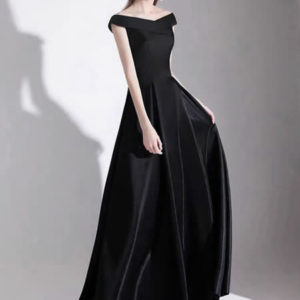
Mini dresses have long been a staple in the world of fashion, captivating the hearts of designers and fashion enthusiasts alike. With their ability to effortlessly blend style and comfort, mini dresses have secured their place as a versatile and timeless piece in any wardrobe. This article delves into the enduring appeal of mini dresses, exploring their history, versatility, and how they continue to evolve in the modern fashion landscape.


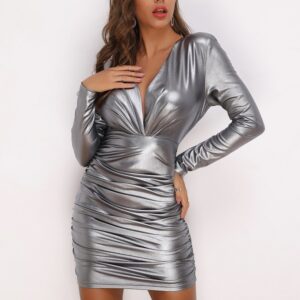
The rise of the mini dress also coincided with significant changes in the media landscape. The proliferation of television and magazines allowed fashion trends to spread rapidly, reaching a global audience. The mini dress, with its eye-catching design, quickly captured the imagination of women worldwide, transcending cultural and geographical boundaries. As the mini dress gained popularity, it became a symbol of a new era—one that celebrated diversity, creativity, and the breaking down of societal barriers.
Maxi dresses have long been celebrated as a versatile and elegant fashion choice, seamlessly transitioning from casual daywear to sophisticated evening attire. These floor-length garments have evolved over the years, adapting to changing fashion trends while maintaining their timeless appeal. This blog section delves into the enduring charm of maxi dresses, exploring their history, versatility, styling tips, and the wide variety of designs available today.
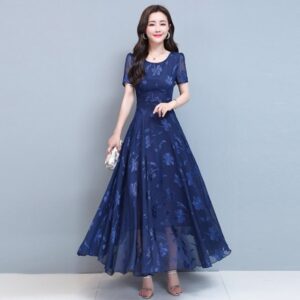



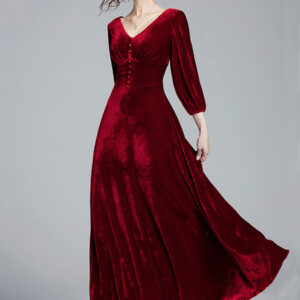

Jumpsuits have emerged as a modern wardrobe essential, offering a chic alternative to traditional separates. This one-piece garment combines the ease of a dress with the functionality of pants, making it a popular choice for fashion-forward individuals. Jumpsuits are known for their sleek silhouette, which can be both flattering and empowering. Whether attending a business meeting, a casual outing, or a glamorous event, a jumpsuit can be styled to suit the occasion, showcasing its incredible versatility.
One of the key advantages of jumpsuits is their ability to create a polished look with minimal effort. The all-in-one nature of a jumpsuit eliminates the need to coordinate separate tops and bottoms, simplifying the dressing process. This makes jumpsuits an excellent option for busy professionals or anyone looking to streamline their wardrobe. Additionally, jumpsuits come in a variety of styles, from tailored and structured to loose and relaxed, catering to different fashion preferences and body types.


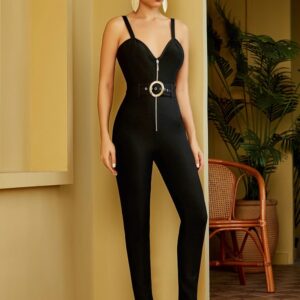



Bodycon dresses, short for “body-conscious,” have become a staple in the fashion industry, celebrated for their form-fitting design that accentuates the natural curves of the body. Tracing back to the 1980s, the bodycon dress was popularized during a time when fashion was all about bold statements and celebrating individuality.
The world of fashion is ever-evolving, with trends coming and going, but some styles have an enduring appeal that transcends fleeting fads. Bodycon dresses are one such example, renowned for their form-fitting silhouette and ability to accentuate the natural curves of the body. This blog section delves into the allure and versatility of bodycon dresses, exploring their history, how to style them, and their place in modern fashion.






Fashion is a dynamic and ever-evolving industry, influenced by a myriad of factors including cultural shifts, technological advancements, and historical events. Among these influences, television and pop culture stand out as significant forces that have shaped fashion trends and consumer behavior. This is particularly evident in the evolution of bodycon and power dresses, which have become staples in modern wardrobes. These fashion items not only reflect changing aesthetics but also embody the societal values and aspirations of different eras.
As we reflect on the continuous evolution of women’s party dresses, it becomes evident that these garments are far more than mere fashion statements; they are cultural artifacts that mirror the shifting tides of societal norms, technological advancements, and artistic expression. From the opulent gowns of the Victorian era to the liberating flapper dresses of the 1920s, and from the bold silhouettes of the 1980s to the sustainable and inclusive designs of today, each phase in the evolution of party dresses tells a story of transformation and resilience.
The journey of women’s party dresses is intertwined with the broader narrative of women’s rights and empowerment. As women have fought for and gained more autonomy and equality, their fashion choices have increasingly become a form of self-expression and personal identity. The freedom to choose what to wear to a celebration is emblematic of broader freedoms gained over the decades.
[Address-CA]: 14-30 Eglinton Ave W, Suite 580, Mississauga, Ontario, L5R 0C1
[Tel-CA]: +1 647-874-5950
Email: sales@tdmercado.com